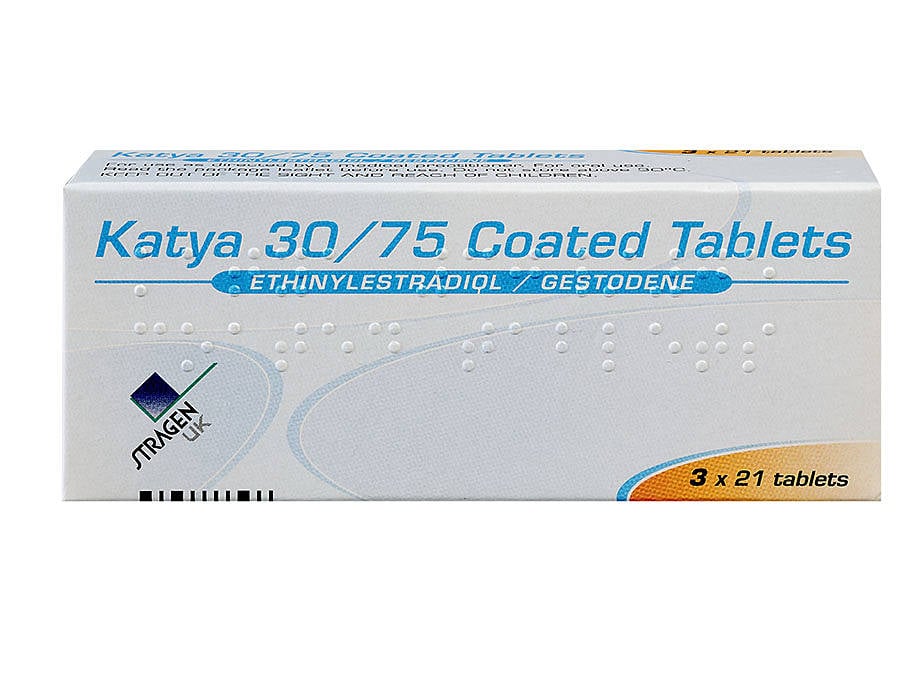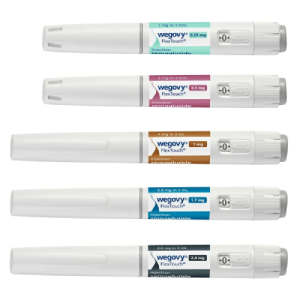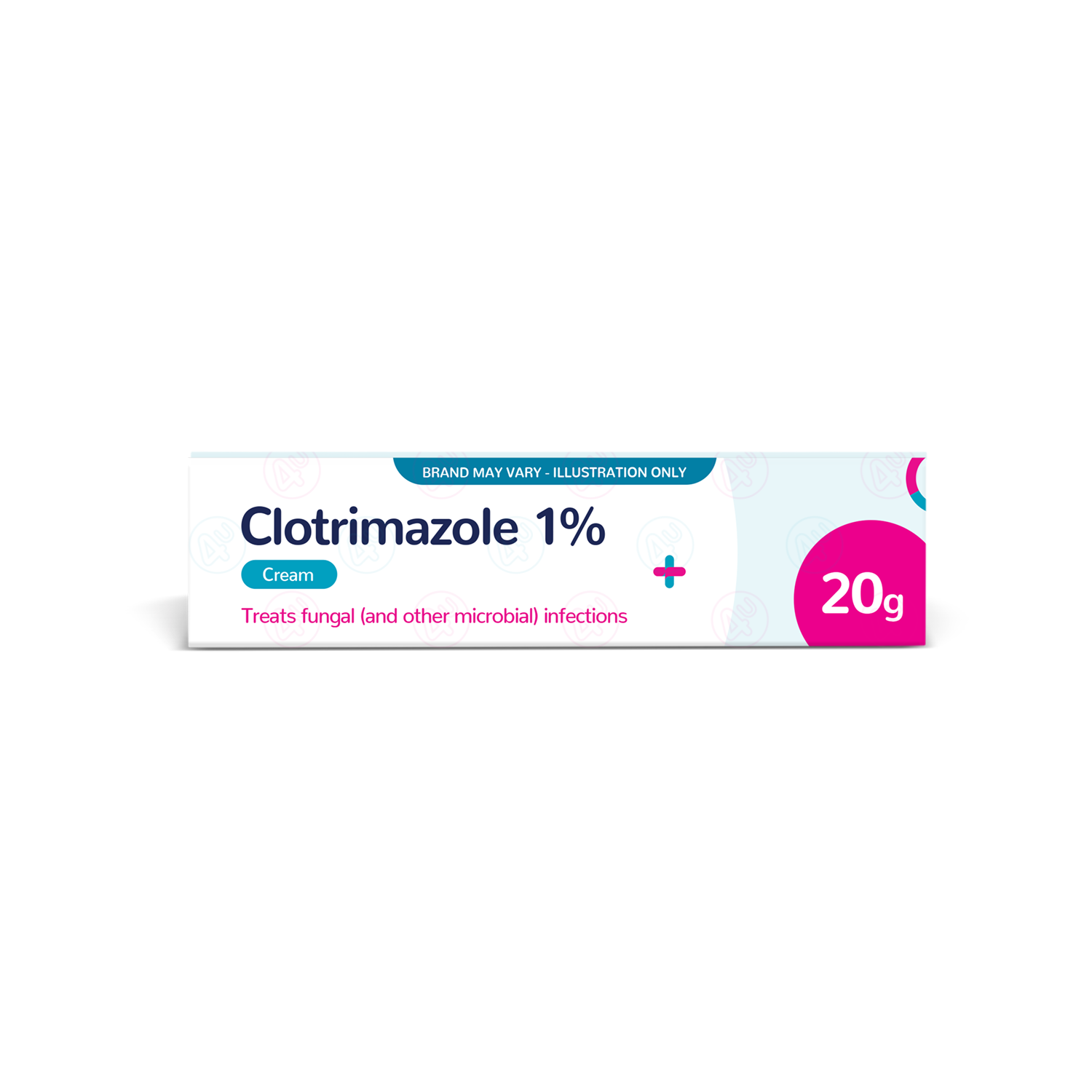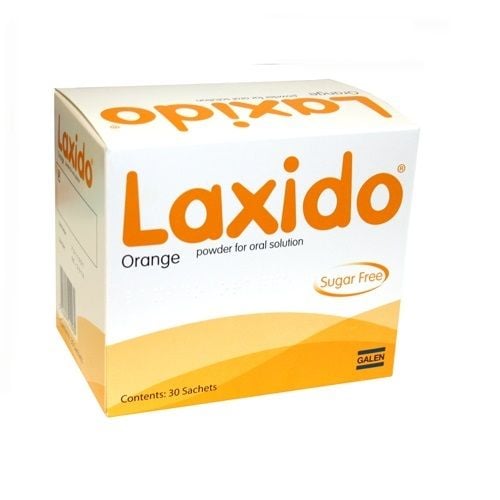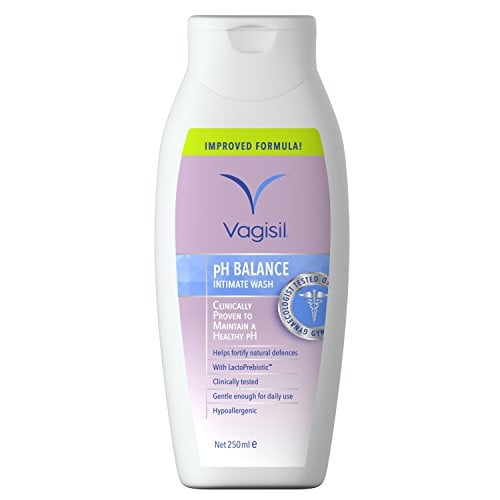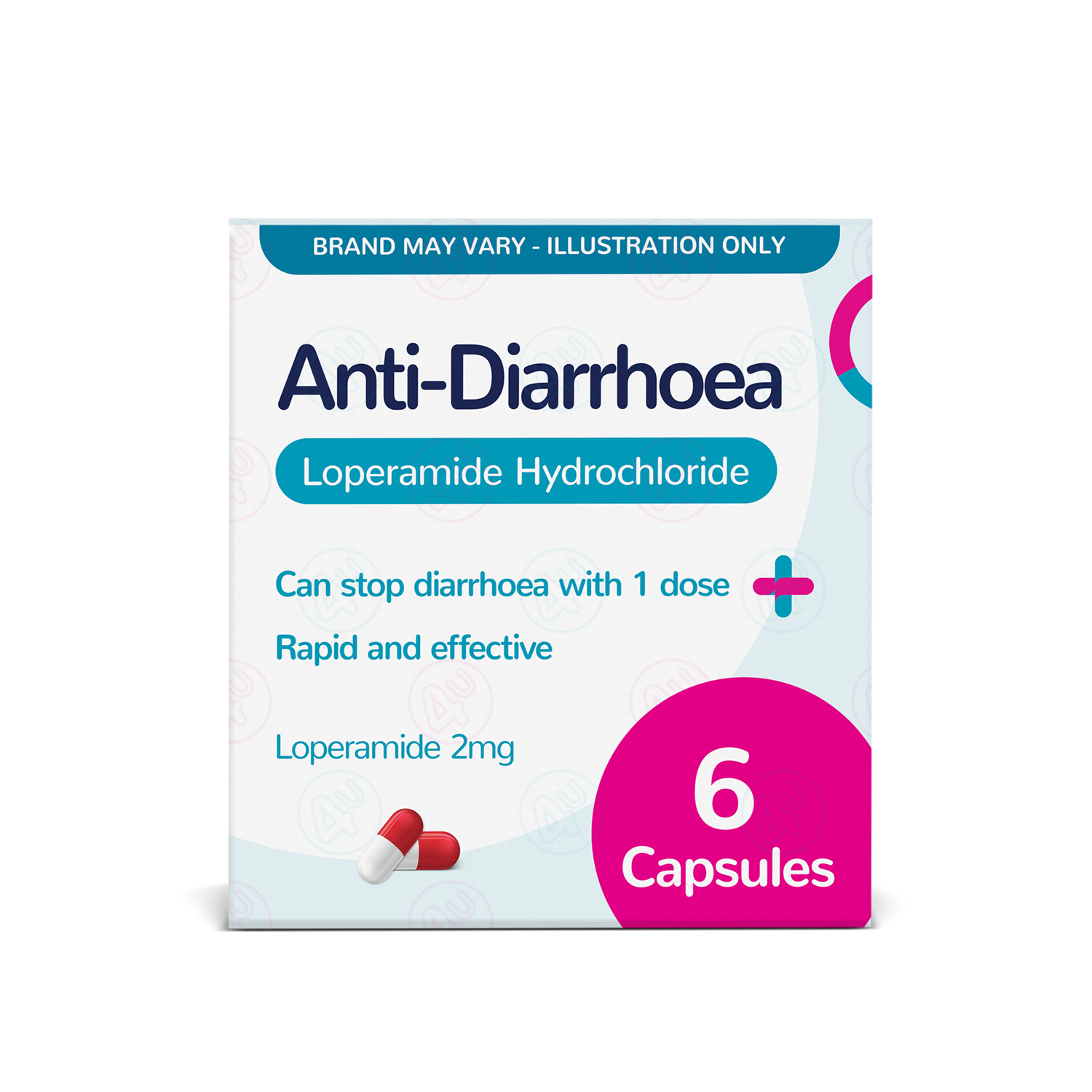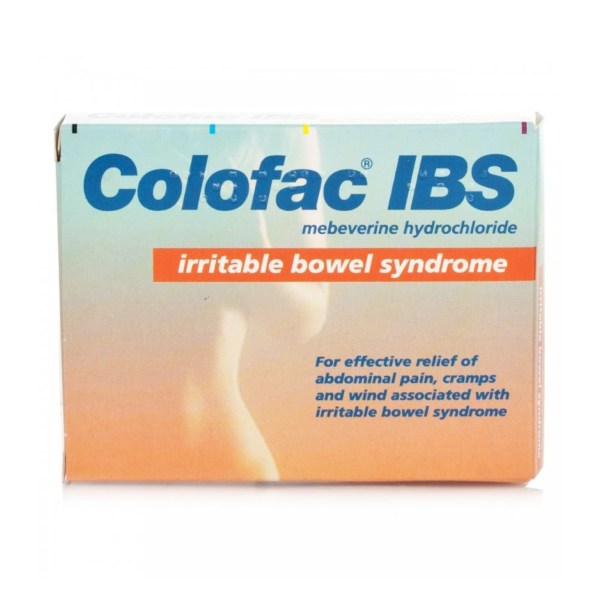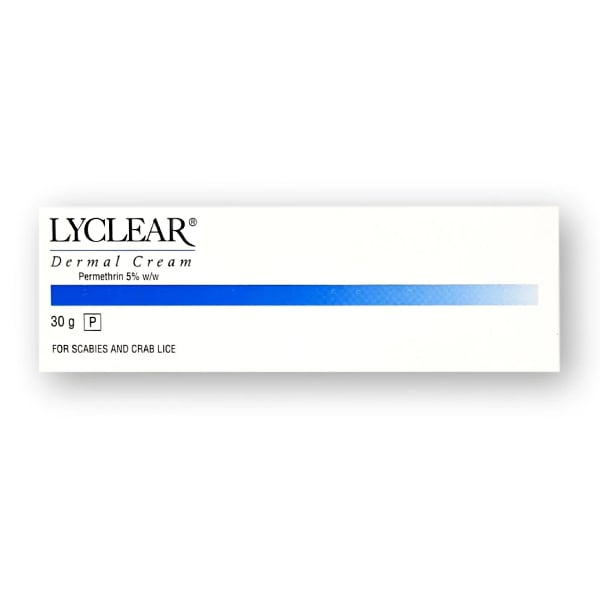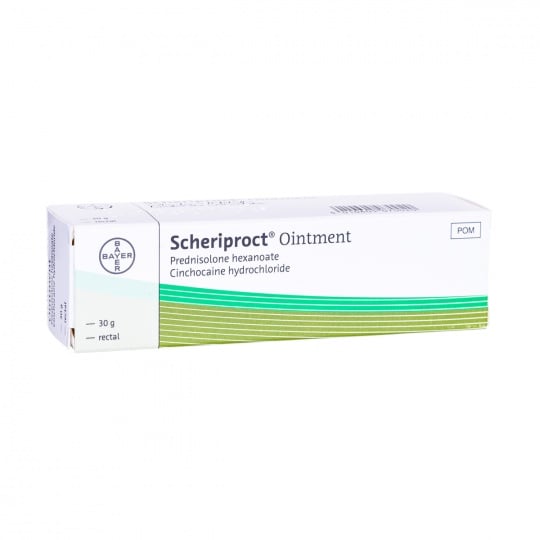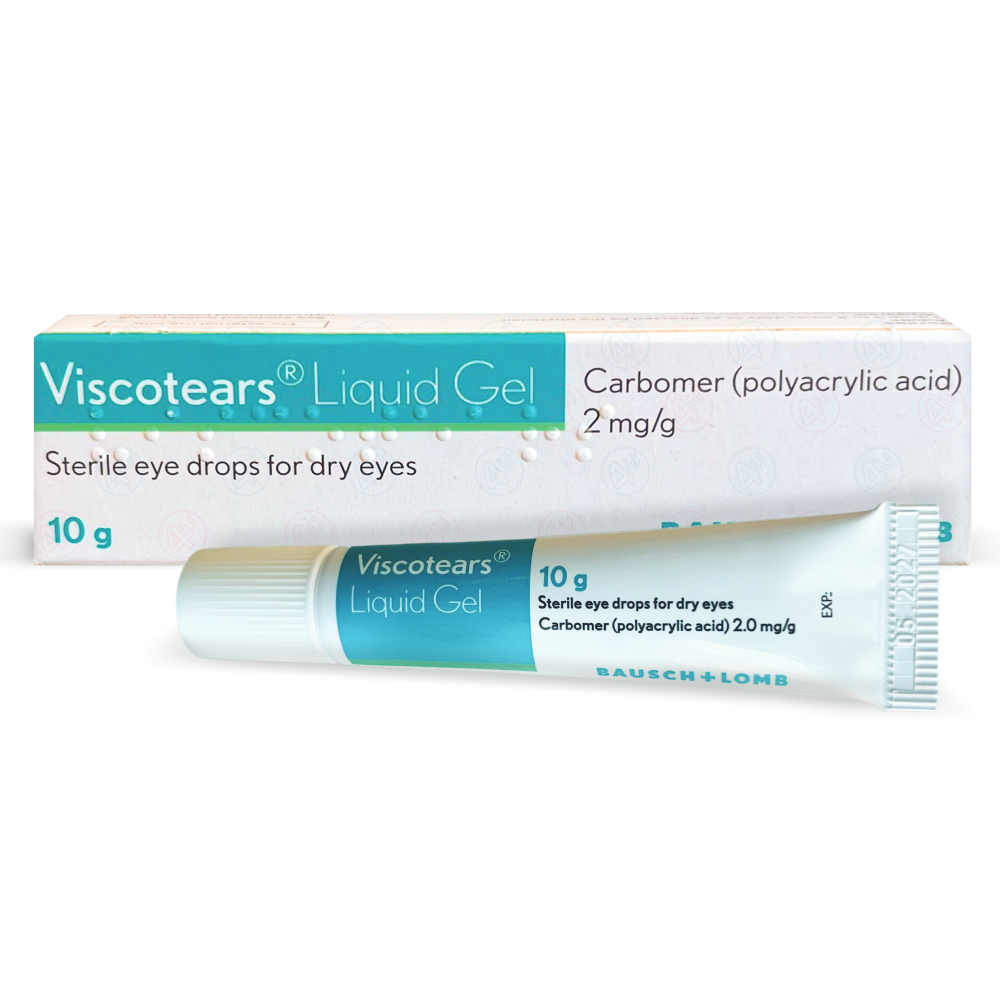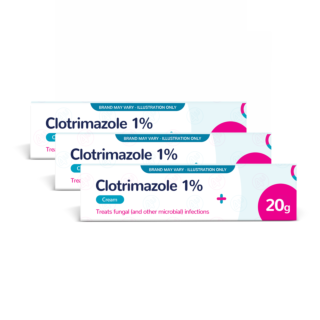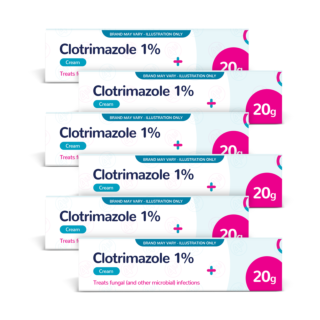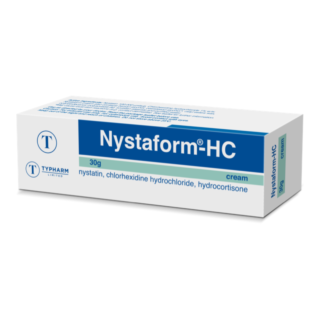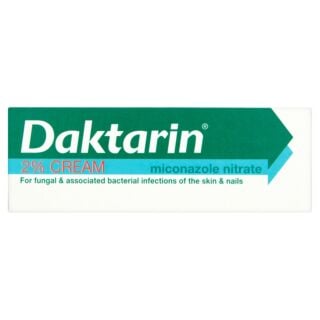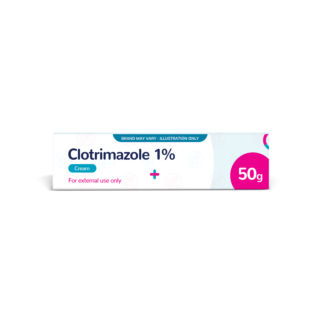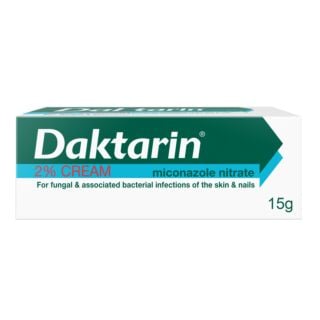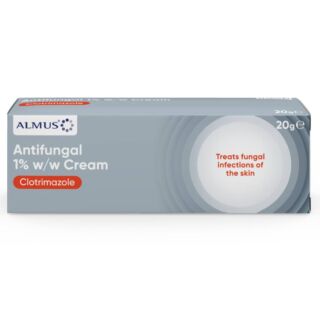Ringworm
Ringworm is a common fungal infection that can affect the skin, scalp or nails. It’s easily spread through skin contact or by sharing personal items like towels or clothing. … Read More See less
You might notice a red or silvery ring-shaped rash that’s itchy, dry or scaly - and while it’s easy to catch, it’s usually just as easy to treat with the right antifungal products, as we explain here.
What is ringworm?
Ringworm, also known as tinea corporis or buni (a common term in the Philippines), is caused by a group of fungi called dermatophytes. These fungi thrive in warm, moist areas and feed on keratin - the protein found in your skin and around your hair and nails.
It’s a highly contagious infection that can spread through direct skin contact, shared clothing or bedding. It can even spread from animals including cats and dogs.
Despite the name, there are no worms involved - the term “ringworm” simply refers to the circular rash it often causes.
Depending on the area affected, ringworm may go by different names. It’s commonly known as athlete’s foot when it appears between the toes or jock itch when it affects the groin. And while they aren’t exactly the same – they are all forms of ringworm.
Symptoms of ringworm
Ringworm symptoms can vary slightly depending on where the infection appears, but there are some common signs to look out for and symptoms that can be helpful to recognise.
What does ringworm look like?
It often starts as a small red patch that gradually spreads outwards forming a ring shape.
The centre of the ring may appear clearer while the edges can look raised, flaky or scaly.
Other common symptoms include:
- Itching or discomfort in the affected area
- Cracked, dry or scaly skin
- Hair loss or bald patches if on the scalp
- Thickened, discoloured or brittle nails
If left untreated, ringworm can easily spread to other parts of the body or to other people - so early treatment is an important step to help stop it in its tracks.
How do you get ringworm?
Ringworm is highly contagious, meaning it spreads easily from person to person, or even from animals to humans.
The fungi that cause ringworm thrive in warm and damp environments - so it’s commonly picked up in places like gyms, swimming pools and shared showers.
You can catch ringworm through:
- Direct skin-to-skin contact with someone who’s infected
- Touching contaminated items like towels, bedding, clothing or hairbrushes
- Walking barefoot on damp communal surfaces
- Close contact with infected pets - especially cats and dogs
It can also spread from one area of your body to another - for example from your feet (athlete’s foot) to your groin (jock itch), so practising good hygiene can help prevent it from spreading further.
How is ringworm diagnosed?
Ringworm is usually diagnosed on how it looks. A pharmacist or your GP can often identify it just by examining the affected area, especially if a clear ring-shaped rash is present.
In some cases - particularly if the symptoms are unusual or don’t improve with treatment - a doctor might take a small skin scraping to look at under a microscope or send a sample to a lab to confirm the type of fungus.
These tests help your doctor rule out other skin conditions and make sure you get the right treatment.
Most mild cases don’t need a formal diagnosis and can often be managed with over-the-counter antifungal products.
Ringworm treatment options
Most cases of ringworm can be treated effectively at home with antifungal products.
These are available in different forms - including creams, sprays and powders. Which treatment’s best for you depends on the location and severity of the infection.
Best creams
Ringworm creams are often the first line of treatment and can be very effective for mild to moderate infections. They work by killing the fungus, which in turn stops it from spreading.
Popular active ingredients to looks for include:
- Clotrimazole – found in Canesten
- Terbinafine – found in Lamisil
- Miconazole – found in Daktarin
- Ketoconazole – found in Daktarin Gold
Creams are usually applied directly to the affected area once or twice a day.
It’s really important to continue using them for as long as recommended - even if your symptoms start to improve - to prevent the infection from coming back.
Can ringworm be treated in three days?
Some treatments often claim to offer relief within just a few days as they get to work quickly.
However, while symptoms like itching or redness may begin to improve in that time, it usually takes at least a couple of weeks, and sometimes longer, to fully clear the infection.
For the best results, follow the instructions carefully and continue applying the cream for the full course, even if the rash fades earlier.
How to prevent the spread
Because ringworm is so contagious, it’s important to take appropriate steps to stop it from spreading to others or to different parts of your own body.
Alongside using antifungal treatment, good hygiene also plays a big role in managing the infection.
Here’s how to help prevent ringworm from spreading in six easy steps:
- Start treatment straight away
Use an antifungal cream or spray as soon as you notice symptoms to stop the infection in its tracks - Avoid scratching
Scratching the rash can break the skin and make it easier for the fungus to spread - try to keep the area clean and dry instead. - Wash your hands regularly
Especially after touching the affected area or applying treatment. - Don’t share personal items
Avoid sharing towels, clothing, hairbrushes or bedding until the infection has cleared. - Wash clothes and bedding on a hot cycle
This helps kill any lingering fungus and prevents reinfection. - Keep your skin dry and clean
Fungi love damp, warm areas - so make sure you dry off properly after bathing or exercising.
Sources
- https://www.nhs.uk/conditions/ringworm/
- https://www.mayoclinic.org/diseases-conditions/ringworm-body/symptoms-causes/syc-20353780
- https://www.canesten.com.ph/skin-and-foot-health/learning-zone/what-is-ringworm
- https://www.who.int/news-room/fact-sheets/detail/ringworm-(tinea)
- https://www.pdsa.org.uk/pet-help-and-advice/pet-health-hub/conditions/ringworm-in-cats https://www.cdc.gov/ringworm/about/index.html
- https://my.clevelandclinic.org/health/diseases/4560-ringworm
- https://www.healthline.com/health/ringworm
- https://www.nhsinform.scot/illnesses-and-conditions/infections-and-poisoning/ringworm-and-other-fungal-infections/
- https://www.mayoclinic.org/diseases-conditions/ringworm-body/diagnosis-treatment/drc-20353786
- https://www.healthline.com/health/how-to-get-rid-of-ringworm#topical-antifungals
- https://www.nhs.uk/medicines/clotrimazole/how-and-when-to-use-clotrimazole-cream-spray-and-solution/
- https://heypharmacist.co.uk/health-conditions/ringworm

Free delivery when you spend over £30

100% discreet delivery for every item ordered
Fully regulated UK pharmacy
Can I use clotrimazole for ringworm?
Clotrimazole can be used to treat ringworm, as it is a fungal infection and needs similar treatment to thrush, athlete’s foot, and other fungal infections.
However, you should speak to your doctor or pharmacist before using clotrimazole to treat your infection, as it may not be the most effective treatment for you.

